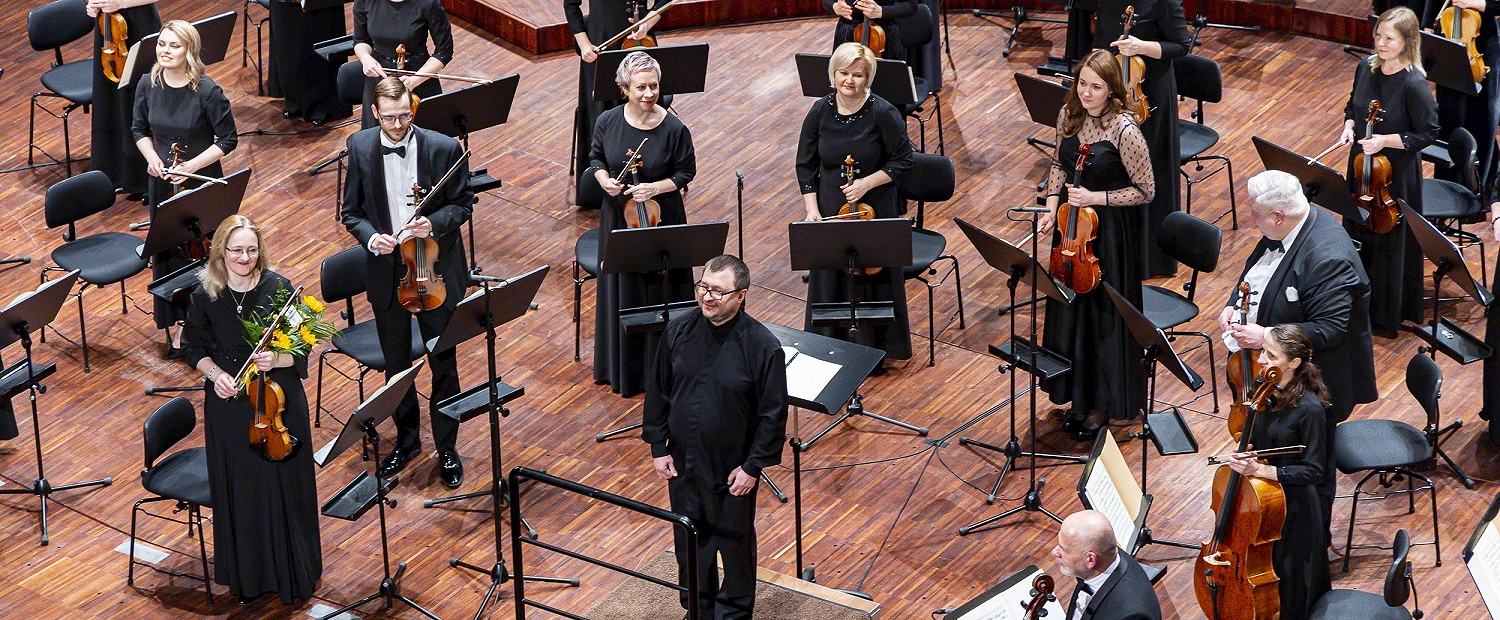It has always been thought that associative learning was regulated by the cortex of the cerebellum, often referred to as the “little brain.” However, new studies resulting from a collaboration between the Netherlands Institute for NeuroscienceErasmus MC and the Champalimaud Foundation show that the cerebellar nuclei contribute in a surprising way to this learning process.
To investigate this question, an international team of researchers in the Netherlands and Portugal, composed of professors Robin Broersen, Catarina Albergaria, Daniela Carulli and with Megan Carey, Cathrin Canto and Chris de Zeeuw as senior authors, analyzed the mouse cerebellum. trained the animals with two different stimuli: a brief flash of light, followed by a blow of air into the eye. Over time, the mice learned to associate the two stimuli, causing them to preventively close their eyes when they saw the flash of light. This behavioral paradigm has been used for many years as a way to explore the functioning of the cerebellum.
Center output
If we look at the structure of the cerebellum, we distinguish two main parts: the cerebellar cortex, or the outer layer of the cerebellum, and the cerebellar nuclei, the inner part. These parts are interconnected. Nuclei are groups of brain cells that receive all types of information from the cortex, which, in turn, have connections with other areas of the brain capable of directly controlling muscles, including the eyelid. Thus, the nuclei are essentially the output center of the cerebellum.
According to Robin Broersen: ‘The cerebellar cortex has long been considered primarily responsible for learning the reflex and timing of eyelid closure. With this study, we show that closing the eyelid at the most opportune moment can also be regulated by the cerebellar nuclei. The teams were working on similar scientific questions and when we realized the synergy between our studies, we decided to start an international collaboration that resulted in this article.’
The cerebellum is influenced by other regions of the brain through different connections, the so-called mossy fibers and climbing fibers. In the experiment described above, it is thought that, while the mossy fibers carry light information, the climbing fibers transmit information related to the breath of air. This information then converges in the cortex and nuclei of the cerebellum. The Dutch team investigated the effect of associative learning on these connections to the nuclei and found that the mossy fibers had created stronger connections to the nuclei in mice that showed associative learning.
Activation with light
Meanwhile, the Portuguese team tested the learning capacity of the cerebellar nuclei through optogenetics – a method that uses light to control the activity of neurons. Catarina Albergaria: ‘Instead of using a normal flash of light to train animals, we directly stimulated brain connections, while combining it with a puff of air into the eyes. This caused the mice to close their eyelids at just the right moment, demonstrating that the cerebellar nuclei can support learning this behavior. To ensure that this learning was actually happening in the nuclei, we repeated the experiments in mice whose cerebellar cortex had been inactivated.”
Cathrin Canto adds: ‘During learning, the connections between brain cells change. Still, it was unclear where these changes were occurring in the cerebellum. We looked at what happens to input to the cerebellar nuclei from mossy fibers and other inputs during learning and found that in mice that learned – but not in mice that didn’t learn – the mossy fiber connections to the nuclei became stronger. .”
Cutting-edge technology
Canto continues: ‘We also observe what happens inside the cell, through electrical measurements carried out inside the nuclear cells of a mouse. As is easy to imagine, these cells are very small, around 10 to 20 μm. This is smaller than the diameter of a human hair. Using an ultra-thin tube with an electrode, we were able to record the electrical activity inside the cells as the mouse performed the task, which was a huge technical challenge.”
“In trained animals, exposure to light caused the electrical activity within the cells of the nucleus to change: the cells became more active the closer, in terms of time, the puff of air arrived. Essentially, the cells were prepared for what was about to happen and could therefore have their electrical activity precise enough to control the eyelid before the murmur even occurred.’
From Mice to Humans
Broersen notes that: ‘Although this investigation was carried out in mice, the general anatomy of the cerebellum is similar between mice and humans. Even though humans have many more cells, we expect the connections between cells to be organized in the same way. Our results contribute to a better understanding of how the cerebellum works and what happens during the learning process. This also leads to more knowledge about how damage to the cerebellum affects its function, which could help patients in the future. Activating the connections established with the nuclei, via deep brain stimulation, could make it possible to learn new motor skills.”
Megan Carey concludes, “What makes this study unique is the convergence of results from anatomical, physiological and optogenetic techniques. It is remarkable how multiple parallel lines of evidence, coming from different teams, have converged to reveal a complete picture of what is happening. “
2023-11-22 12:41:19
#studies #suggest #greater #importance #cerebellar #nuclei #News #Farma

